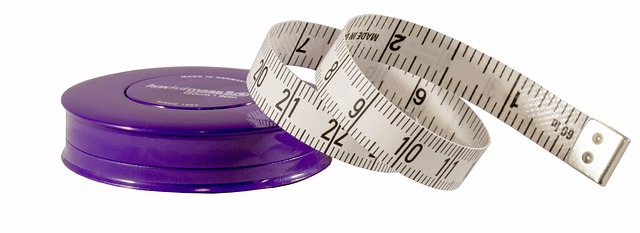
Inclusive Sizing
Understanding Inclusive Sizing
Inclusive sizing is a progressive concept in the fashion industry that seeks to accommodate the diverse body shapes and sizes of individuals. Traditionally, the fashion market has been dominated by a narrow range of sizes, often leaving many consumers feeling excluded. The movement towards inclusive sizing aims to bridge this gap, ensuring that everyone has access to stylish and well-fitting clothing.
The Concept of Size Inclusivity
Size inclusivity refers to the practice of offering clothing in a wide range of sizes, typically from 2XS to 5XL or beyond, without segregating these options into separate collections. This approach acknowledges that beauty and style are not confined to a specific size and that all individuals deserve to express themselves through fashion.
Why Size Inclusivity Matters
The importance of size inclusivity extends beyond mere availability of clothing. It plays a crucial role in promoting body positivity and self-acceptance. When brands embrace a broader spectrum of sizes, they send a powerful message that all bodies are worthy of fashionable attire. This shift not only empowers consumers but also fosters a more inclusive culture within the fashion industry.
Key Benefits of Inclusive Sizing
- Enhanced Accessibility: Inclusive sizing ensures that individuals of all shapes and sizes can find clothing that fits well and makes them feel confident.
- Promotes Body Positivity: By representing a diverse range of body types, brands contribute to a culture that celebrates all forms of beauty.
- Encourages Consumer Loyalty: Brands that prioritize inclusivity often cultivate a loyal customer base, as consumers appreciate the effort to cater to their needs.
- Reduces Stigmatization: Inclusive sizing helps to diminish the stigma associated with certain body types, promoting acceptance and understanding.
Challenges in Implementing Inclusive Sizing
Despite the growing awareness and demand for inclusive sizing, challenges remain in its implementation. Many brands still struggle with the logistics of producing a wide range of sizes, often citing cost and complexity as barriers. Additionally, there is a need for a cultural shift within the industry to fully embrace and normalize diverse body types in marketing and design.
Examples of Brands Leading the Way
Several brands have emerged as leaders in the inclusive sizing movement, setting a precedent for others to follow. These companies not only offer a comprehensive range of sizes but also prioritize quality and style across their collections. Notable examples include:
- Aerie: Known for its commitment to body positivity, Aerie offers a wide range of sizes and promotes unretouched images of models.
- Universal Standard: This brand is dedicated to providing stylish options for all body types, offering sizes from 00 to 40.
- ASOS: The online retailer has made significant strides in inclusive sizing, featuring a diverse range of sizes in its collections.
- Old Navy: With its extensive size offerings, Old Navy has become a go-to destination for many seeking inclusive fashion.
The Future of Inclusive Sizing
The future of inclusive sizing looks promising as more brands recognize the importance of catering to a diverse customer base. As consumer demand for inclusivity continues to grow, it is likely that more companies will adopt size-inclusive practices. This evolution will not only benefit consumers but also contribute to a more equitable fashion industry.
Conclusion
Inclusive sizing is more than just a trend; it is a necessary evolution in the fashion industry that reflects the diversity of real people. By embracing size inclusivity, brands can foster a culture of acceptance and empowerment, allowing individuals to express their unique styles without the constraints of outdated sizing norms. As the movement gains momentum, it is essential for consumers to support brands that prioritize inclusivity, thereby encouraging a more inclusive future for fashion.

















 Modern Relevance of Bhakti Movement
Modern Relevance of Bhakti Movement 
 Health
Health  Fitness
Fitness  Lifestyle
Lifestyle  Tech
Tech  Travel
Travel  Food
Food  Education
Education  Parenting
Parenting  Career & Work
Career & Work  Hobbies
Hobbies  Wellness
Wellness  Beauty
Beauty  Cars
Cars  Art
Art  Science
Science  Culture
Culture  Books
Books  Music
Music  Movies
Movies  Gaming
Gaming  Sports
Sports  Nature
Nature  Home & Garden
Home & Garden  Business & Finance
Business & Finance  Relationships
Relationships  Pets
Pets  Shopping
Shopping  Mindset & Inspiration
Mindset & Inspiration  Environment
Environment  Gadgets
Gadgets  Politics
Politics 